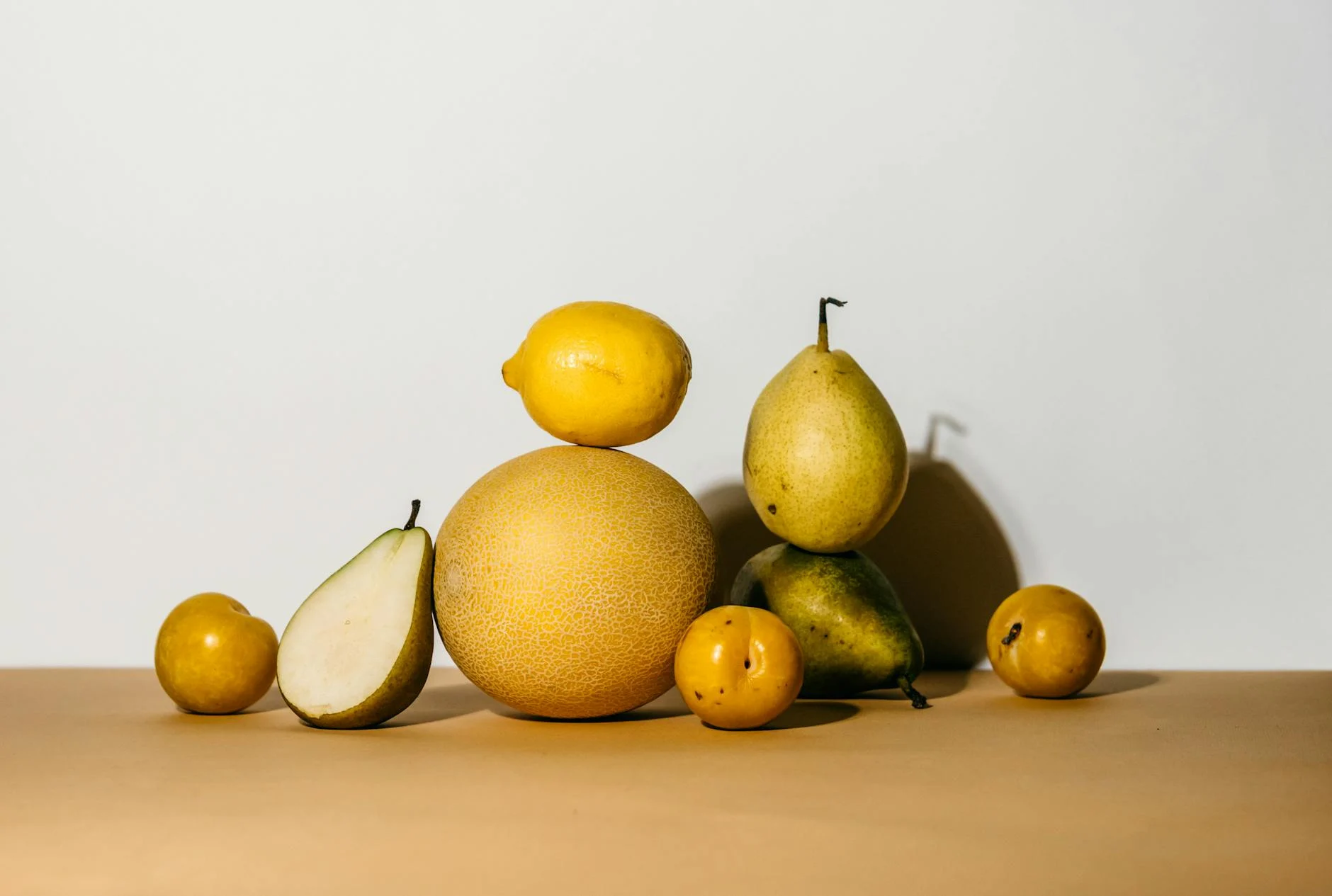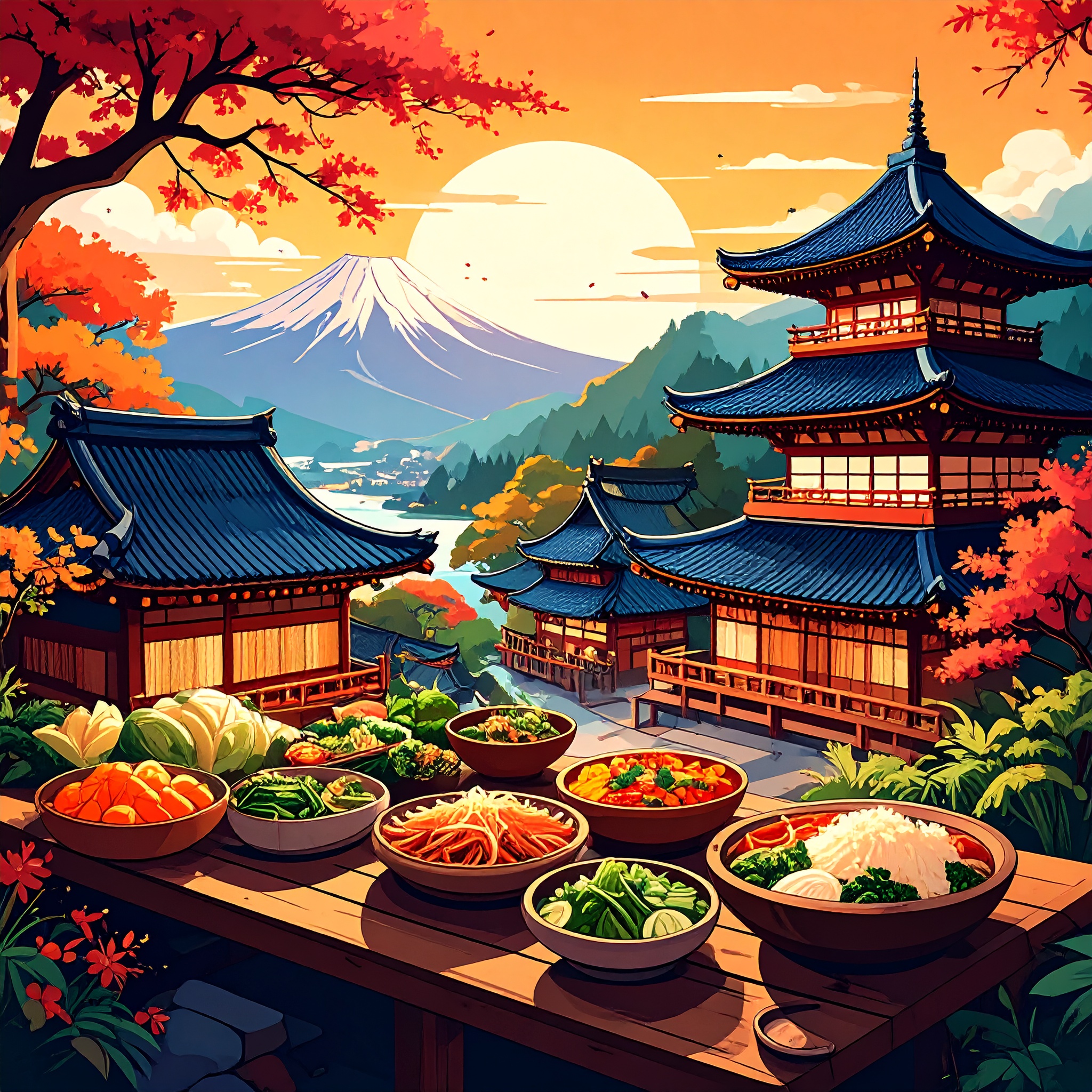Strolling through Kyoto, one senses a quiet strength beneath the city’s serene elegance—the moss-covered temple gardens, the zenith of raked white gravel, and hand-drawn tenugui fluttering from eaves. In harmony with this refined urban landscape, Kyoto’s culinary arts reveal a similarly polished beauty—none more so than shōjin ryōri, the meditative plant-based cuisine rooted in Buddhist practice.
Shōjin ryōri means cooking without animal products or strong-flavored vegetables known as gorun (like garlic, onions, or leeks), in strict accordance with Buddhist precepts. Centered on tofu, yuba, vegetables, and grains, the classic structure of one soup and three dishes exemplifies culinary subtraction—creating abundance through simplicity.
In Kyoto, shōjin ryōri is deeply connected with Zen monastic culture. Originally designed for monks, it offers nourishment without overstimulating the senses, aligning body and mind in disciplined harmony. Though now served to discerning guests and travelers, the cuisine resists decorative excess and instead evokes an atmosphere of still elegance and introspective calm.
The allure of shōjin ryōri lies in its minimalism. With limited ingredients, it employs thoughtful techniques to satisfy the palate. The broth is steeped purely from kombu and dried shiitake, oil is sparingly used, and seasoning is subdued. Yet even in its subtlety, flavors unfold with gentle umami richness, sharpening the senses with every bite.

In the refined world of shōjin ryōri, the selection of dishware, the art of presentation, and seasonal awareness are paramount. In spring, kinome leaves and bamboo shoots take center stage; in summer, eggplant and winter melon; in autumn, mushrooms and persimmons; and in winter, root vegetables and yuzu. Each ingredient is chosen not only for flavor but for its seasonal resonance. Likewise, the vessels—delicate ceramics, lacquered wood, or cool glass—convey the mood of the moment, transforming the meal into a seasonal tableau akin to a hand-painted scroll.
At a certain Kyoto temple, guests can savor shōjin ryōri while gazing over a raked stone garden. Small lacquered dishes on a pale wooden tray are arranged with precision, and every element—taste, aroma, texture, even the soft clink of ceramic—becomes part of an immersive sensory performance. This is not merely a meal; it is a moment of quiet reverence. Conversation naturally yields to stillness, as each movement of the chopsticks invites a deeper engagement with one’s inner world.
What truly stands out in shōjin ryōri is the profound reverence for the ingredients. Every part of the vegetable—peels, stems, cores—is used with intention. This method doesn’t just minimize waste; it embodies a philosophy of fully honoring the life we receive.
This approach aligns seamlessly with modern sustainability principles. The culinary practice is rooted in minimal environmental impact—locally sourced, preservative-free ingredients, never relying on additives. Often, diners know the farmers and the origins of each component, cultivating trust and a sense of connection. In this way, dining becomes not consumption, but a form of mindful dialogue with nature.
Kyoto’s shōjin ryōri quietly captivates international travelers. Beyond providing a reassuring vegan option, it offers a powerful immersion into the spiritual heart of Japanese culture. Many visitors even report that this meal is the most moving part of their visit—an encounter they carry with them long after leaving.

In recent years, innovative interpretations of traditional shōjin ryōri have emerged, marrying Buddhist food principles with modern culinary artistry. Imagine a tofu-based mousse crafted in a classic Japanese style, a subtle miso-infused dessert, or an appetizer glazed with kombu‑and shiitake jelly. The presentation is elegantly refined, yet the flavors carry a profound, calming depth—remarkably quiet, yet deeply resonant.
Minimalism here is never synonymous with insufficiency. Instead, it creates a sense of contentment without excess. You listen to the ingredient’s subtle whispers, engage with the vessel before you, and then, with measured chopstick movements, partake in a quietly immersive journey. Shojin cuisine in Kyoto offers these delicate yet deeply moving experiences.
By savoring each bite with care—no haste, no noise, with posture held intact—every distraction falls away. When the last morsel is gone, what remains is not just fullness, but a serene afterglow within the heart. Shojin ryōri is a return to the essence of food, a mirror reflecting Japanese aesthetics and spiritual harmony.
Should you have the privilege of visiting Kyoto, experiencing shōjin ryōri in the tranquil environs of a temple or traditional townhouse is highly recommended. It offers more than delicious sustenance; it offers a moment of profound, enriching stillness.




